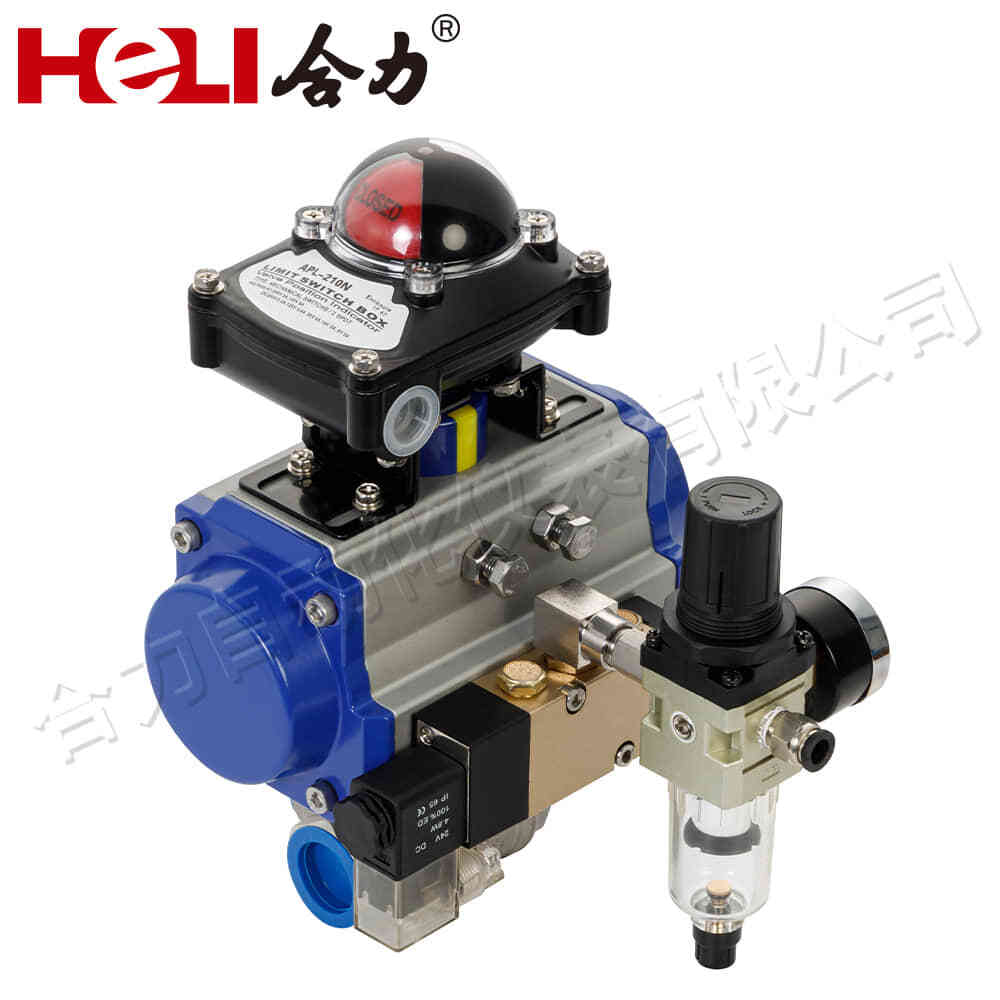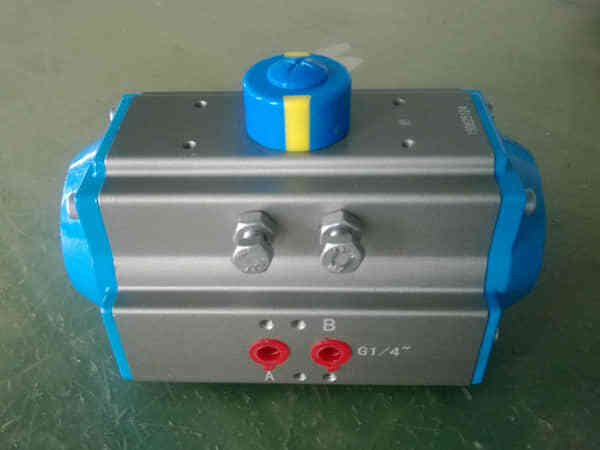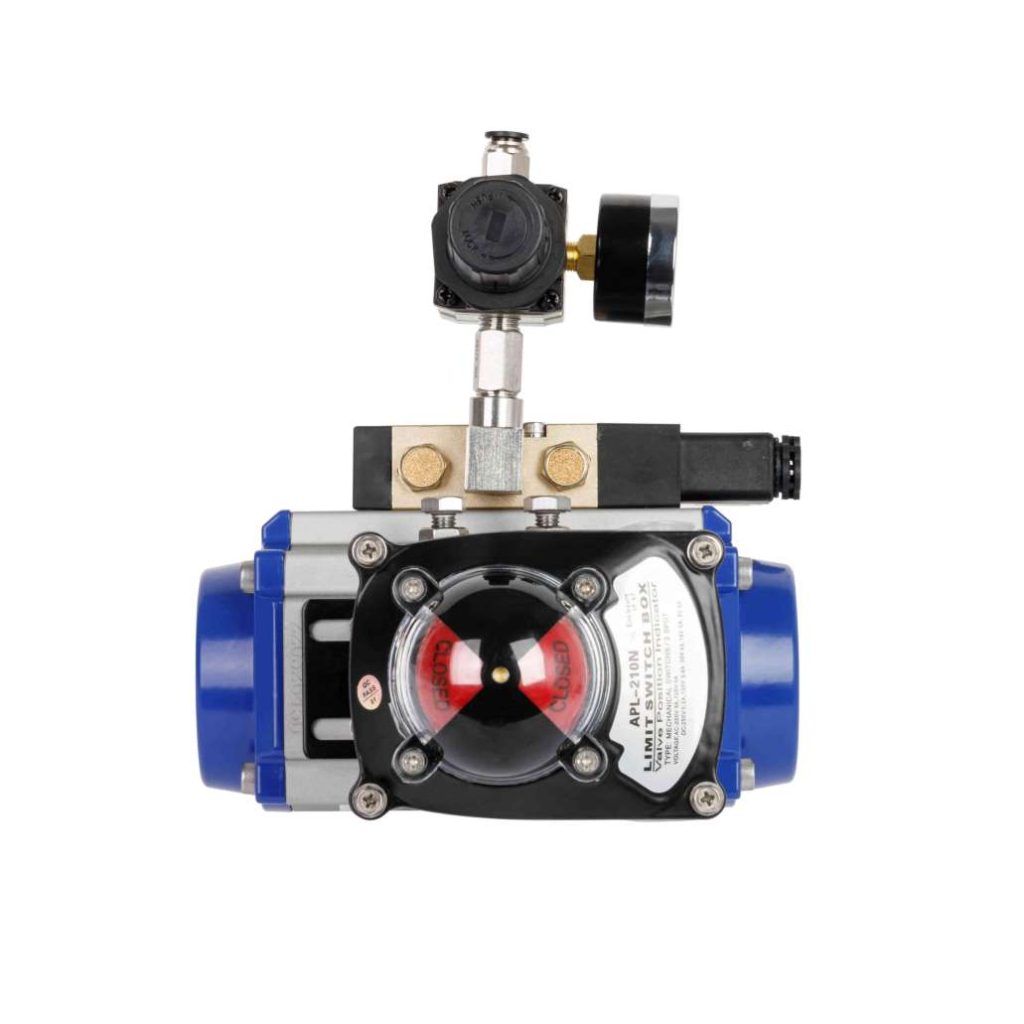Pneumatic actuators are essential components in various industrial applications, providing motion and force through the use of compressed air. These actuators convert energy stored in compressed air into mechanical motion, making them a crucial part of automation, control systems, and machinery across different industries. In this article, we will explore the working principle, types, advantages, and applications of pneumatic actuators, offering insights into their significance in modern industrial processes.

What is a Pneumatic Actuator?

A pneumatic actuator is a device that utilizes compressed air to produce linear or rotary motion. The basic working principle involves the use of compressed air to exert pressure on a piston or diaphragm inside the actuator, causing it to move. This movement can either be in a straight line (linear motion) or rotational (rotary motion), depending on the actuator’s design. The actuator consists of several key components, including a cylinder, piston, valve, and control system. The cylinder houses the piston, which is connected to the object that requires movement. The valve controls the flow of compressed air into the cylinder, thus regulating the actuator’s motion.

Leave a Reply